Portfolio
Hi, nice to meet you! My name is Nikolai Nekrutenko and here is my portfolio:
Low-Cost Depth Sensor for Deep-Water Research
Sep 2024 - Present | Master’s Thesis
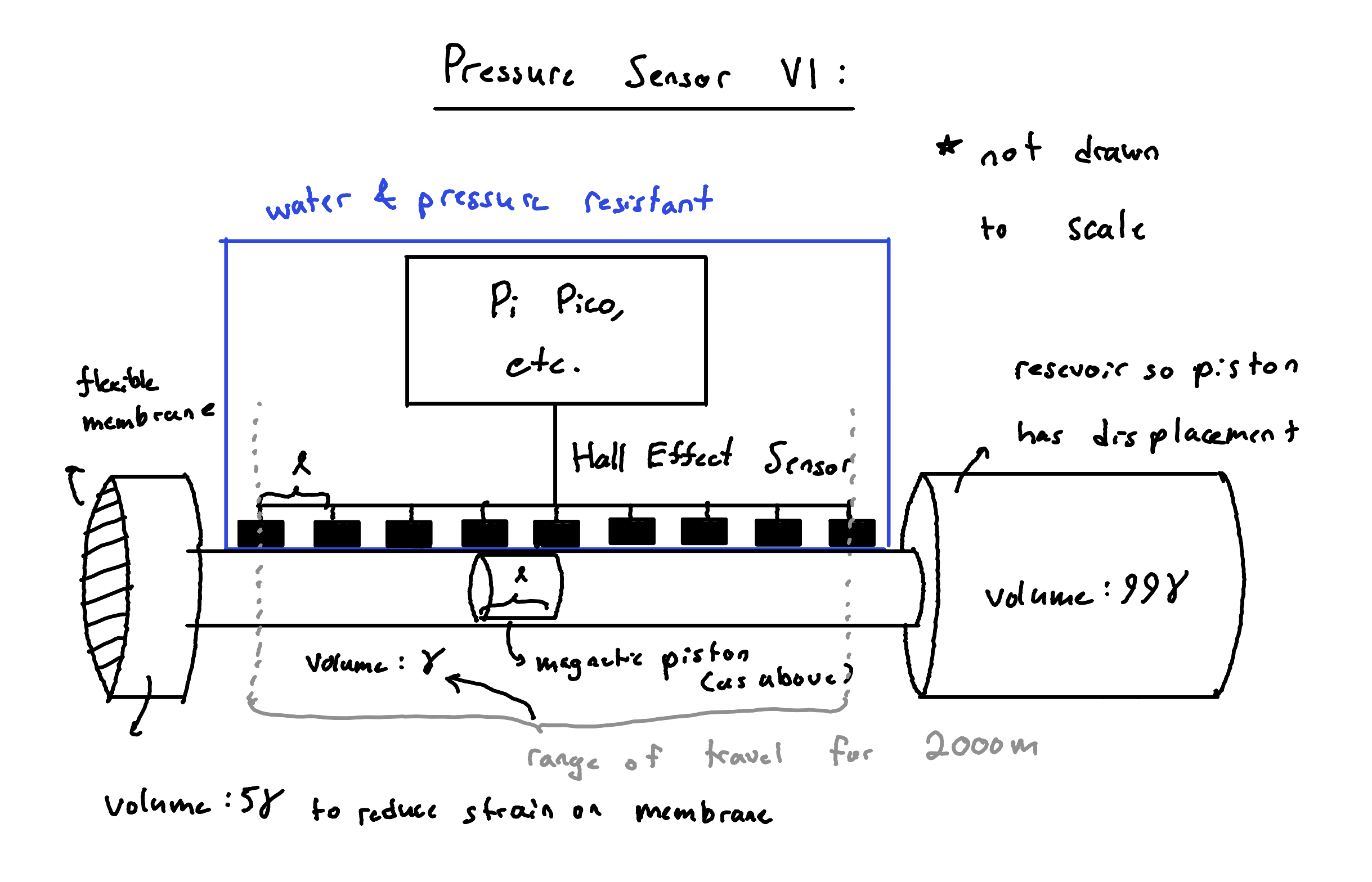
Developing a cost-effective pressure-sensing module to measure depths up to 2000 meters underwater, focusing on affordability, robustness, and ease of integration with Woods Hole Oceanographic Institution (WHOI) instruments.
The sensor leverages slightly compressible fluids such as H₂O and their linear relationship between change in volume and pressure as the physical mechanism for this sensor. This change in volume will drive a piston made from a magnet that is then non-invaisively sensed with Hall Effect (magnetic field) sensors to determine the position of the piston and from that determine the depth that the submersible is at.
Advised by Dr. Hunter Adams from the Cornell Electrical and Computer Engineering Department and Jonathan Pfeifer from Woods Hole Oceanographic Institution.
Documentation and updates to come as the project progresses.
Links:
Low-Power Earth Horizon Sensor for Small Satellites
Oct 2024 - Dec 2024 | Group Final Project for Analog IC Circuits (ECE 5530)
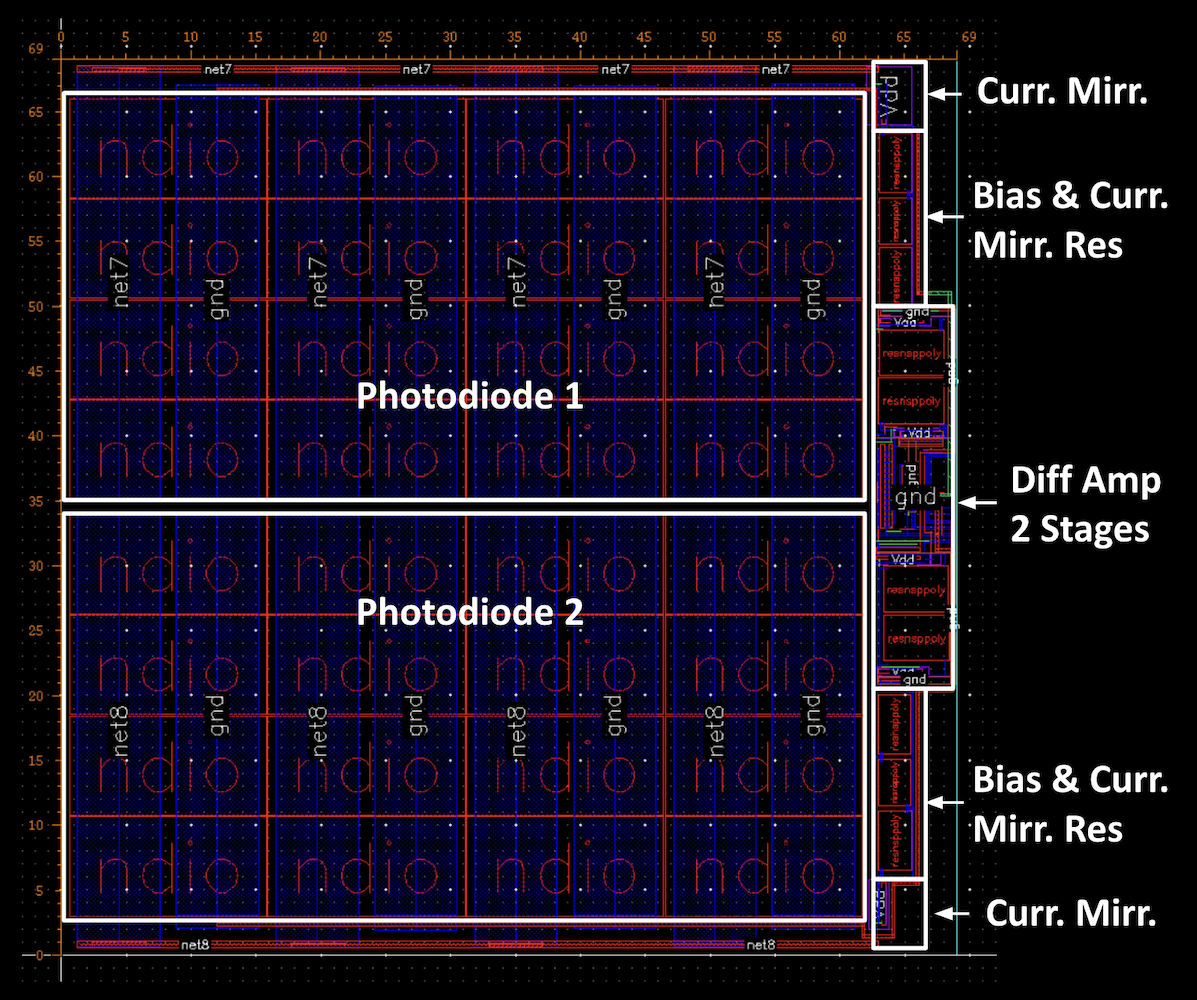
Developed, simulated, and layed out a micrometer scale integrated circuit sensor for detecting the earth’s horizon in a single plane of motion in Cadence Virtuoso.
The sensor occupies a footprint of 70 μm x 70 μm x 70 μm while consuming 2.4mW and providing a differential output of up to 1.5V that can be interfaced with an attitude control system.
Two photodiodes are utilized, each outputting a current that is fed into a current mirror and a series of differential amplifiers.
Links:
Infrared Sensor Integration for Next-Gen SLS products
Jun 2024 - Aug 2024 | Formlabs
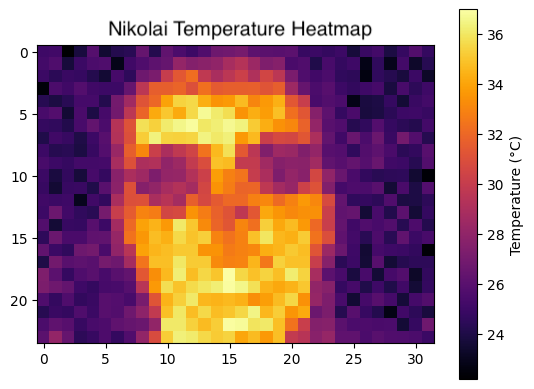
Devised an experimental setup and methods to evaluate thermopile array infra-red (IR) sensors for next-gen SLS printing technology at Formlabs to maximize performance and dimensional accuracy.
Calculated the off-axis projection of sensor pixels and made an interactive tool in Observable JavaScript.
Developed test and alignment scripts in Python, automating the test setup to characterize IR sensors.
Built analysis Jupyter Notebooks in Python to compare the performance of sensors across varying environmental conditions and sensor configurations using NumPy and SciPy.
Links:
Non-Orthogonal Gimbal Development
Jan 2024 - Apr 2024 | Freefly Systems
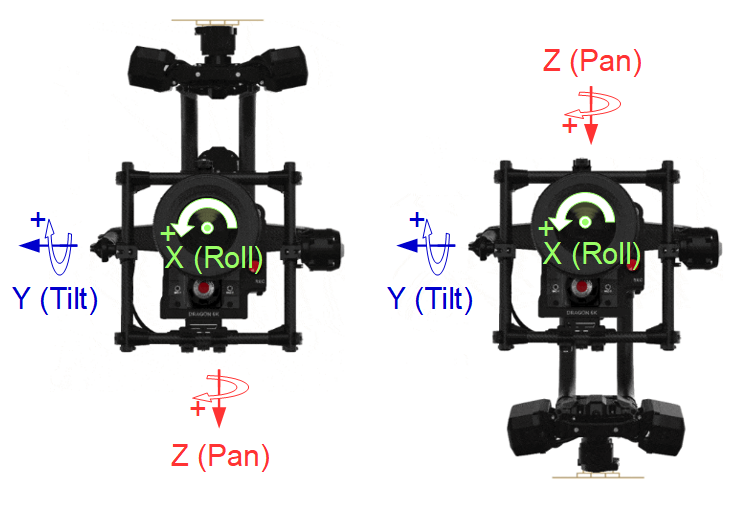
Derived a physics-based model of the forward and inverse kinematics for an experimental non-orthogonal gimbal to be used in a future product.
Assessed its experimental performance with modeled IMU data in Python and in Blender to visualize gimbal motion.
Throughout this experience I learned about how to analyze and verify assumptions with experimental data, research and derive difficult concepts on my own, and communicate with the team.
Links:
Cornell MAE Drone Development
Jan 2024 - Apr 2024 | Cornell University Mechanical and Aerospace Engineering Department
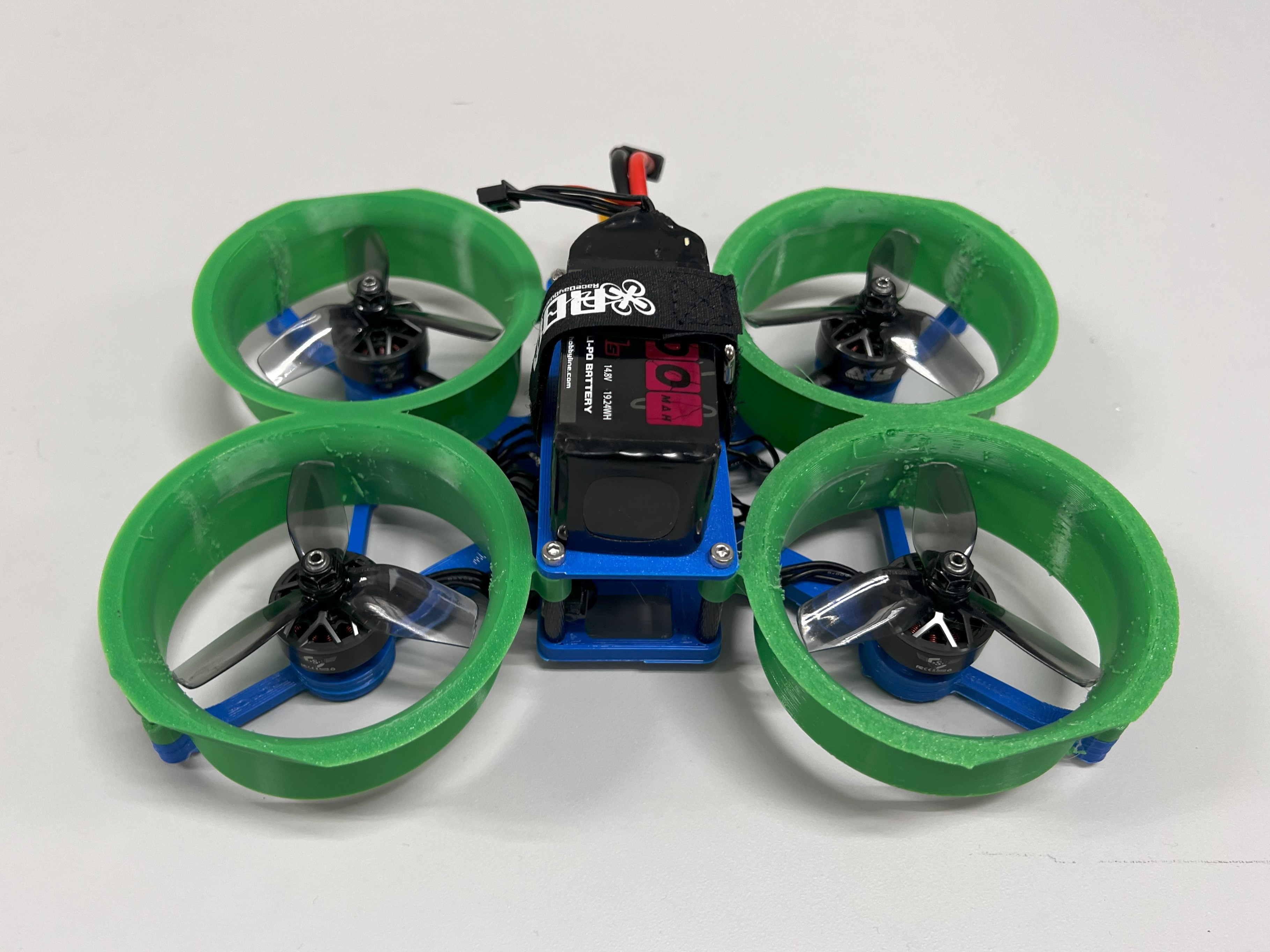
Developing a robust, low-cost quadcopter platform to be used in mechanical, aerospace, and electrical engineering course labs as a supplementary hands-on lab component.
Guiding a team of underclassmen engineering students to develop this project, focusing on two main prototypes:
- A drone with a Pi Pico serving as the flight computer targeting electrical engineering and computer science coursework in microcontrollers programming for instance
- A drone utilizing commercial off the shelf components targeting more mechanical engineering coursework in controls for instance
Links:
Mōvi Pro Gimbal Pan/Tilt Limits
Jun 2023 - Dec 2023 | Freefly Systems
Developed an embedded systems algorithm for smooth hard stops on Mōvi Pro gimbal pan and tilt axes based on IMU data, gimbal physics, and user input via Mōvi Wheels and Mōvi Controller as part of an upcoming experimental firmware release.
Created an interactive graphical interface with Javascript in Observable HQ for the documentation to help users visualize how their user-defined settings would affect the motion of the gimbal.
This firmware release was requested by Larry McConkey and will be used by him in upcoming productions such as new seasons of Marvelous Mrs. Maisel.
Links:
QCoDeS-Interfacing
Jun 2022 - May 2023 | Fatemi Lab @ Cornell University
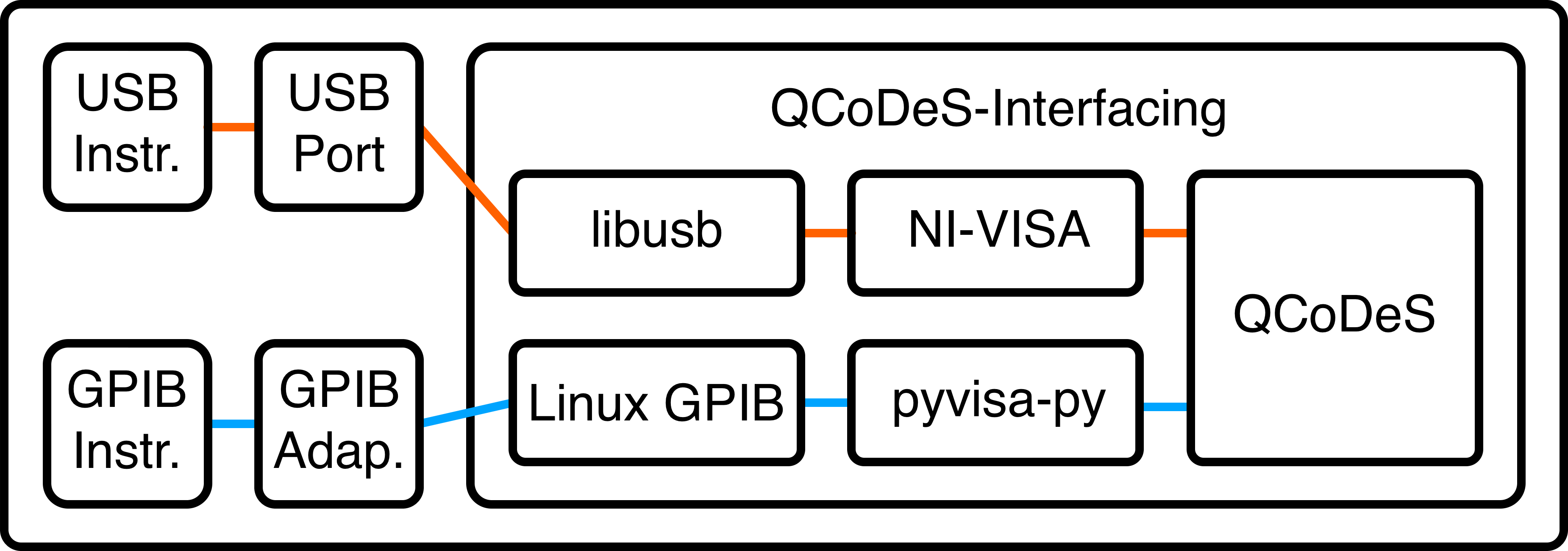
A bundle of installation shell scripts, drivers, well-documented documentation and Jupyter notebooks to setup a computer for programmatic interfacing with older lab equipment over the GPIB interface with Python and QCoDeS, a Python data acquisition framework.
Links:
NeoPixel FFT Audio Visualizer
Jun 2022 - Jan 2023 | Personal Project
Co-designed and wrote a program that visualizes the waveform and intensity of music for a custom-built individually-addressable RGB led matrix using FFTs in Python on a Raspberry Pi and a few components beautifully hacked together on a breadboard using output from the Raspberry Pi’s GPIO pins.
Links:
The Rocket Lab Initiative
Sep 2020 - Jun 2021 | Penn State University
 |  |
|---|---|
| Camera, sensor & voltage regulator | Raspberry Pi Zero W |
Developed a 3D printed lightweight Raspberry Pi sensor and imaging payload as part of a PSU outreach with Dr. McEntaffer’s lab. Simulated the suborbital model rocket trajectory in OpenRocket and compared actual data against predicted.
Links:
MinerWrangler
Nov 2020 - Apr 2021 | Personal Project
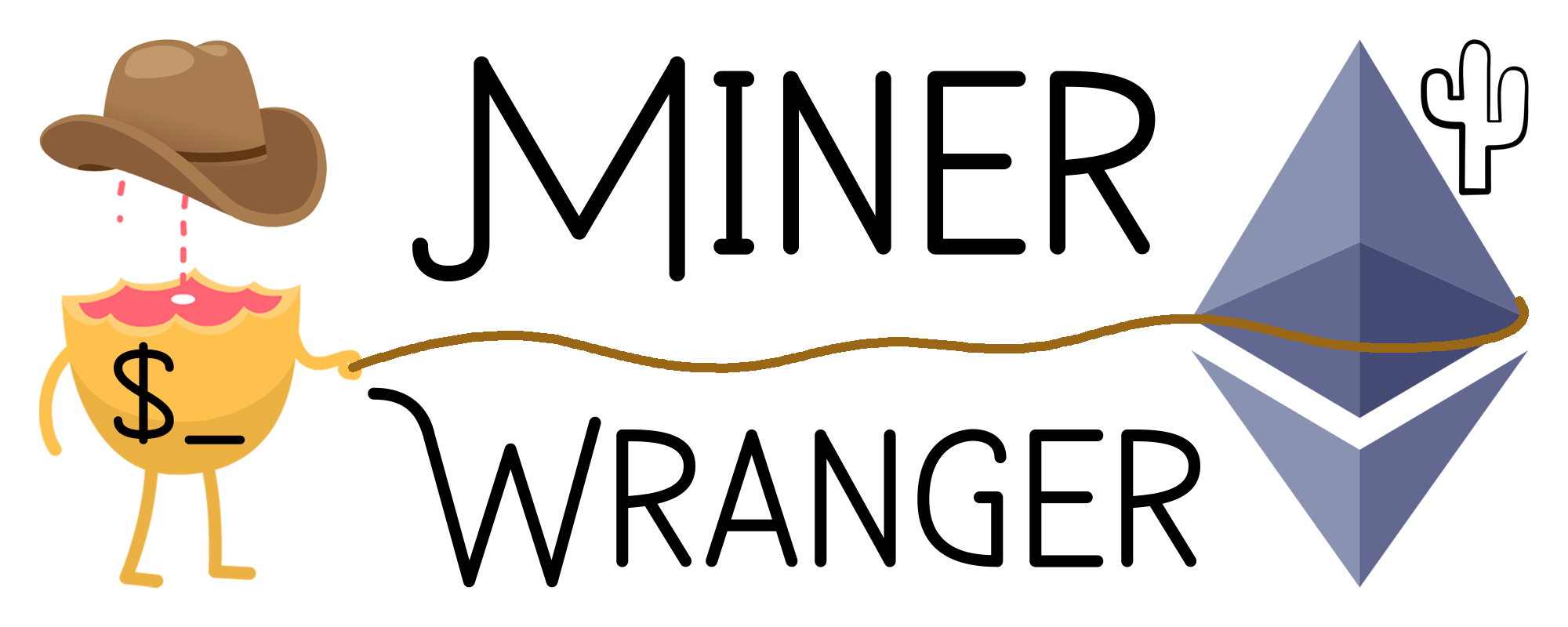
Wrote a custom installation shell script for headless Ubuntu-powered machines to allow for Ethereum mining.
“MinerWrangler is the ultimate bundle of bash scripts to ease your way into cryptocurrency mining that is open-source and gives you full control over your rigs—by default. No monitor, keyboard, or mouse required.”
Links:
Arduino Consolometer
Oct 2019 - Feb 2020 | Personal Project
Designed an Arduino-powered device that acts both as a thermometer and game console.
Utilized a thermistor in a custom 3D printed waterproof enclosure to measure the temperature of water for a Science Olympiad Competition.
Gathered data with a voltage divider setup for the thermistor and analog readout pins on the Arduino to analyze the data with Python and come up with the best line of fit and algorithm. Resulted in first place in the regionals competition right before the start of COVID-19.
Links:
FPV Drones & Aircraft
Oct 2019 - Present | Personal Project
Building, flying (mostly crashing) FPV drones and aircraft with custom-designed 3D printed components, and autonomous flight capabilities using open-source flight software such as Betaflight and iNav.
Occasionally use these drones for cinematographic applications such as exploring the Colorado Plateau or chasing and filming a car on a winding road to name a few.
Links:
023144c @ 2025-02-25